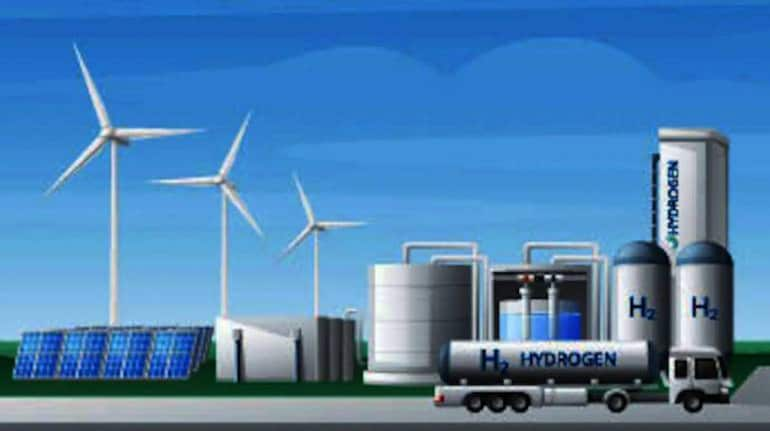



A proposal to mandate hard-to-abate sectors such as refineries and fertiliser companies to use green hydrogen as feedstock is soon going to be tabled before the Union cabinet, India’s minister for power and new and renewable energy RK Singh said on August 24.
“We have had discussions with other ministries such as the ministry of petroleum and natural gas and have come up with certain figures. We will go to the cabinet pretty soon,” Singh said at the BloombergNEF summit in Delhi on August 24.
He, however, did not specify the proposed percentage of green hydrogen consumption mandate that are likely to be imposed on hard-to-abate sectors. "Basically, that mandate fixation is in process," Singh said.
The minister said that in just about 10 months India already has a pipeline of 5.8 million tonnes of green hydrogen and 37 million tonnes of green ammonia production which are either orders that have already been backed or are in the pipeline.
Apart from having an export market, developers of green hydrogen and its derivatives will have a robust domestic market through these mandates, he said. “Why should we import natural gas to make hydrogen? Every kilogram of hydrogen made from natural gas emits 11 kg of carbon dioxide,” Singh said.
The National Green Hydrogen Mission (NGHM) document does have provisions for such mandates, and the Energy Conservation Act was amended in December 2022 to enable enforcement of such mandates when they are decided upon. Industrial stakeholders, speaking anonymously, said these mandates could have potential price impacts on products such as petrol and diesel.
The cabinet approved the NGHM on January 4, allocating an initial outlay of Rs 19,744 crore, including Rs 17,490 crore for incentives. The government aims to achieve a yearly production of at least 5 million tonnes of green hydrogen by 2030 through NGHM, which would require 60-100 GW of electrolyser capacity and 125 GW of renewable energy capacity. This initiative is expected to reduce carbon dioxide emissions by 50 million tonnes per year.
The world's hydrogen demand stands at 90 million tonnes as on date, and as per all the big five consulting firms, by 2030, it is going to touch 140 million tonnes. Barring 90 million tonnes, all the hydrogen being used in the world is grey hydrogen (produced through steam-methane reforming of fossilised feedstock).
Grey hydrogen has a large carbon footprint, resulting in higher greenhouse emissions. Green hydrogen is produced using renewable energy for electrolysis.
On August 18, the ministry rolled out the standard for green hydrogen produced in the country. In that, the government has mandated that the carbon emission should not be more than two kilogram of carbon dioxide equivalent per kilogram of hydrogen.
Discover the latest Business News, Sensex, and Nifty updates. Obtain Personal Finance insights, tax queries, and expert opinions on Moneycontrol or download the Moneycontrol App to stay updated!
Find the best of Al News in one place, specially curated for you every weekend.
Stay on top of the latest tech trends and biggest startup news.